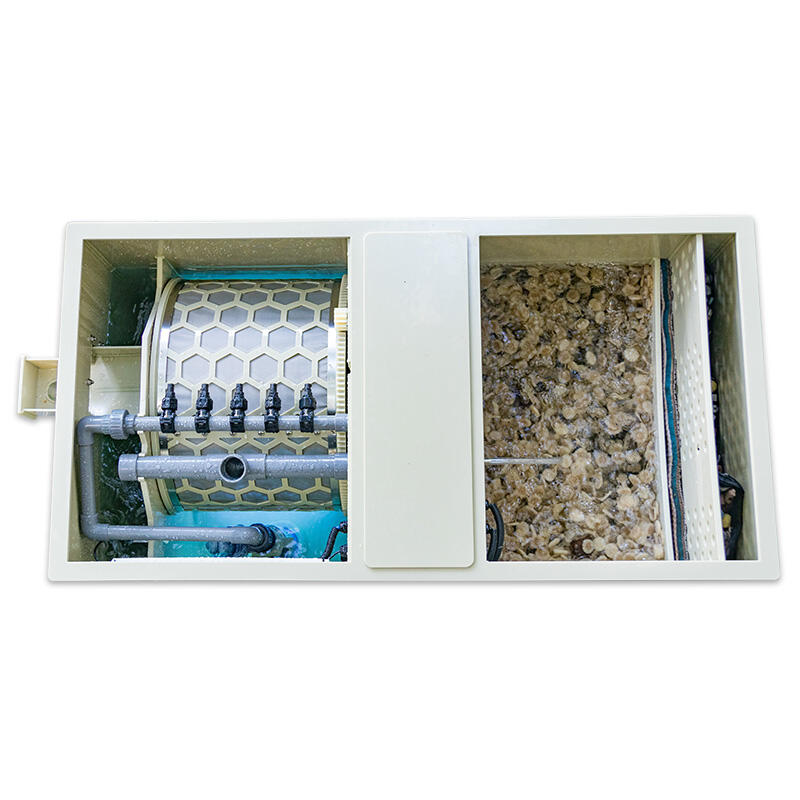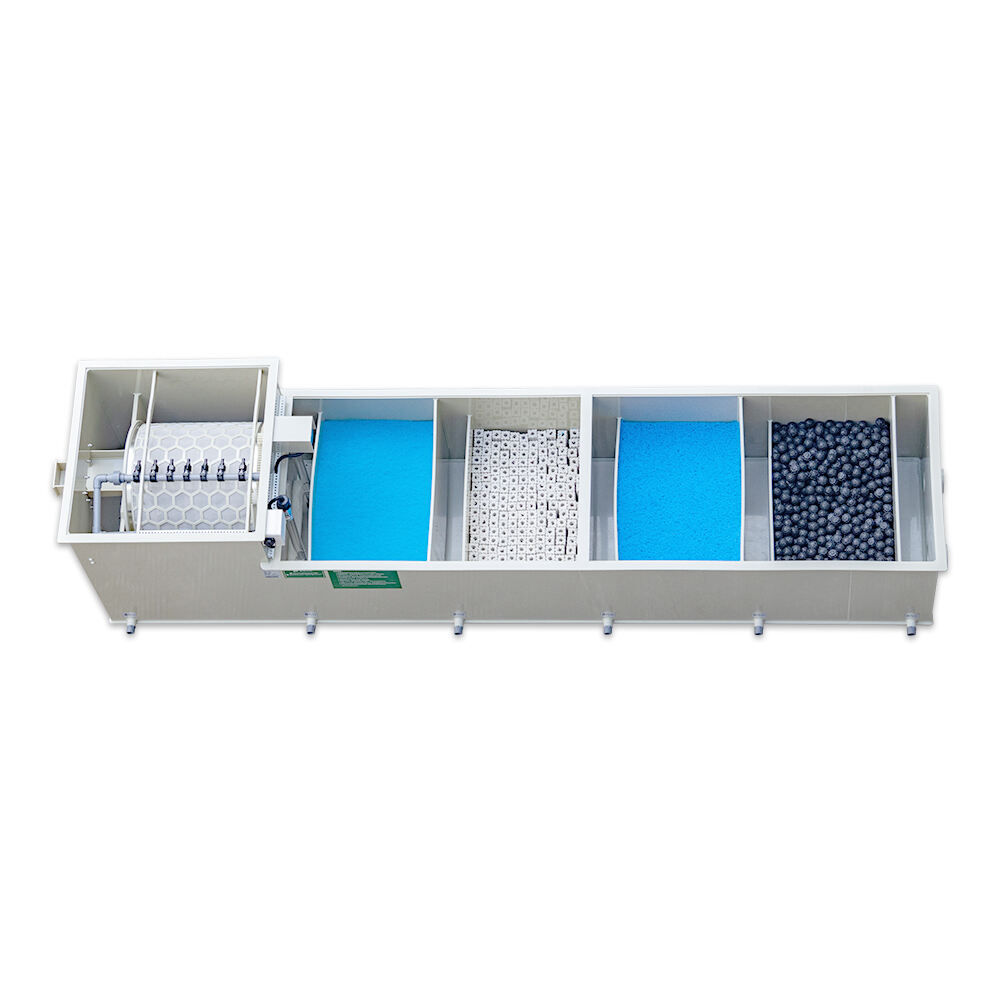koi pond filter and pump
A koi pond filter and pump system represents the heart of any thriving koi pond ecosystem, serving as a crucial life support system for these majestic ornamental fish. This integrated system combines mechanical and biological filtration processes with efficient water circulation to maintain optimal water quality. The mechanical component removes physical debris, while the biological aspect harbors beneficial bacteria that break down harmful ammonia and nitrites. Modern koi pond filters typically feature multiple stages of filtration, including pre-filters for larger debris, fine mechanical filters for smaller particles, and bio-media chambers for biological filtration. The pump, working in tandem with the filter, ensures proper water movement and oxygenation, typically processing the entire pond volume multiple times daily. Advanced systems often incorporate UV sterilizers to control algae growth and pathogens, while variable-speed pumps offer energy-efficient operation. These systems are designed to handle the substantial bioload produced by koi, which are known for their size and active feeding habits. The technology has evolved to include smart controls, allowing for automated maintenance schedules and real-time monitoring of water parameters through digital interfaces.


